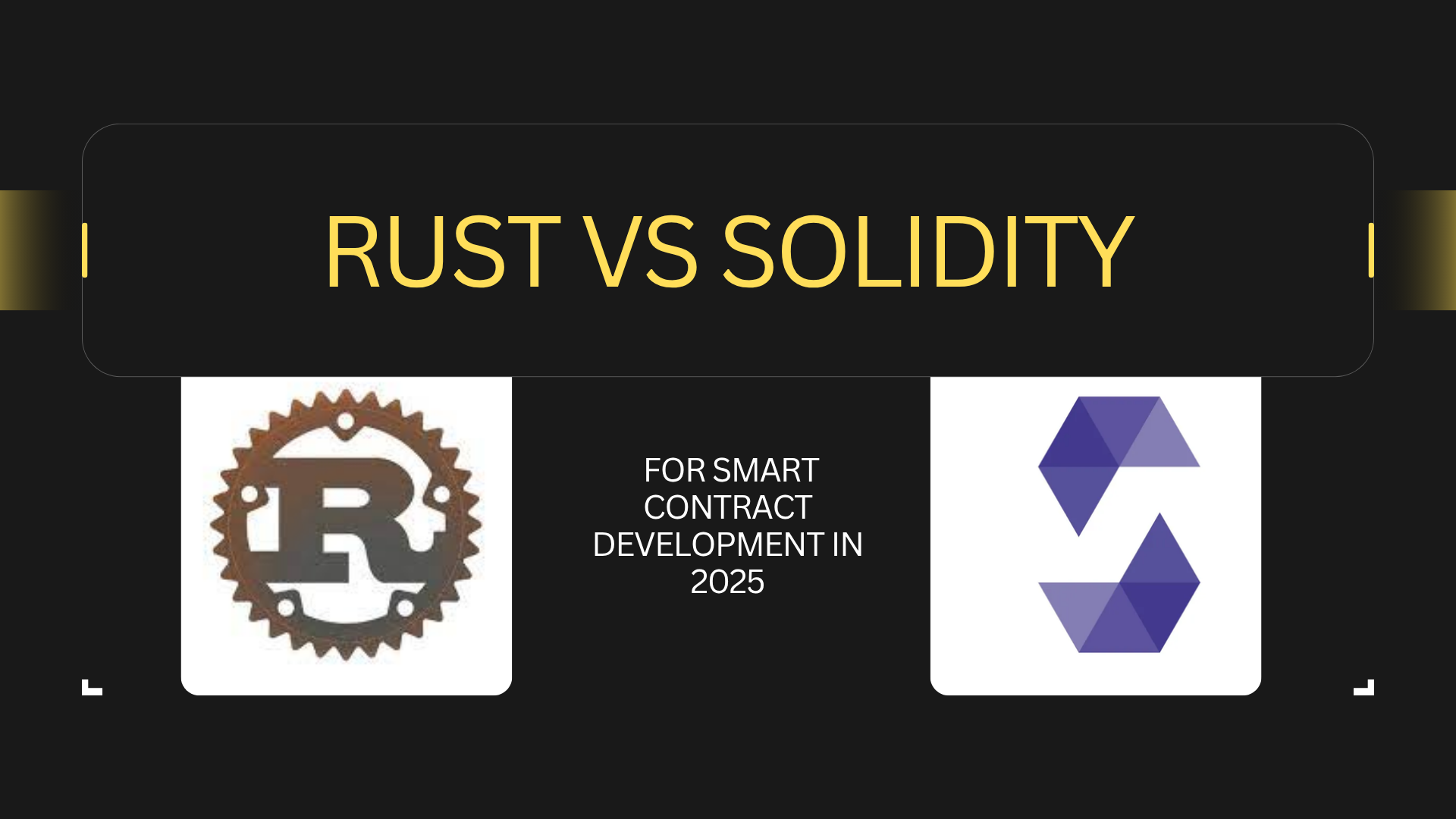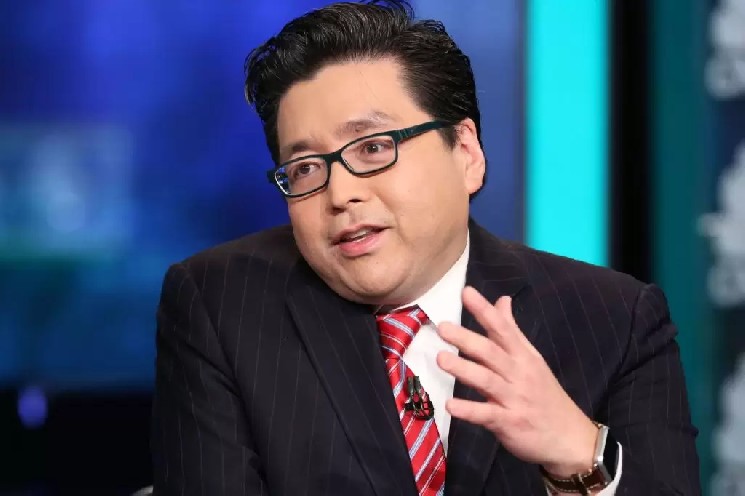
It's a current debate in the developer community -- which language to use to write smart contracts in 2025: Rust or Solidity?
I have voiced my opinion on this topic numerous times -- whether it be in teams meetings, hackathon discussions, or over coffee. Given the rapid evolution of the blockchain ecosystem, there is no hard and fast answer. Ultimately, it depends on what chain you are targeting, your use case, and the long-term maintainability needs of your team.
Solidity: The Clear Leader for Ethereum & EVM Chains
Solidity is still the basis of Ethereum smart contracts, representing over 70% of all deployed contracts. Basically, it will still be the language that is most commonly used, with an 80% adoption in the smart contract developer ecosystem.
Its maturity is apparent throughout the ecosystem:
- Developers have tooling such as Hardhat, Truffle, Remix, and Foundry
- Developers have a number of audit frameworks and libraries, such as OpenZeppelin, that are recognized and trusted in the community
Having said that, Solidity has its downsides. Without using best practices, and being mindful of using them, it can be prone to bugs and inefficiencies. Developers must also be concerned with gas optimization as well as reentrancy vulnerabilities and unchecked logic.
Rust: Increasing Popularity in Performance & Security
Rust is growing in popularity for non-EVM blockchains such as Solana, Polkadot, and NEAR. In 2025, estimates show that around 74% of new Layer-1 chains are using Rust for smart contracts. The real appeal is evident beyond EVM chains, particularly in formal verification, performance, safety, and low-level control.
Developers working on high-throughput applications consistently report they go to Rust, especially in DeFi and infrastructure layers.
Rust is becoming popular for a variety of reasons:
- As much as 30% reductions in latency in smart contract execution
- Memory safety guarantees will enforce issues with memory (following semantics) during execution.
- Reports on Rust smart contracts have as much as 60% less critical security incidents compared to Solidity.
Comparison of Tooling and Ecosystem
Solidity ecosystem has important aspects:
- Hardhat and Truffle are available as default dev environments
- Foundry is an excellent tool to provide efficient workflows for testing
Rust ecosystem is ever growing:
- Anchor provides macro support for Solana development
- Cargo remains a powerful and flexible package manager
Both ecosystems have great tooling that is changing quickly, but Solidity still has much more tooling options available in the ecosystem.
Use case examples
Aave is a leading DeFi protocol built with Solidity and currently holds billions in liquidity as an example of Ethereum's programmable finance capabilities. Aave is running on audited and upgradeable contracts that evolved over time.
Security: More than Just Language
Security is important regardless of the language used in smart contract development. Solidity must still account for vulnerabilities such as:
- Reentrancy,
- Integer overflow,
- Unchecked fallback logic.
Rust, on the other hand, eliminates many vulnerabilities due to its strictness when compiled and memory safety. While no language can guarantee safety, Rust is created in a way that can eliminate entire classes of bugs before they begin.
Developer Market and Hiring in 2025
The demand for Solidity developers is greater, and they are likely to be able to find someone more easily. Rust developers are harder to find and in demand, especially for protocol-level work and high-performance applications.
Final Words
Whether you are working alone or part of a custom blockchain development team, your decision for language in your product should be selected from what helps your product present value—safe, scalable and sustainable.






